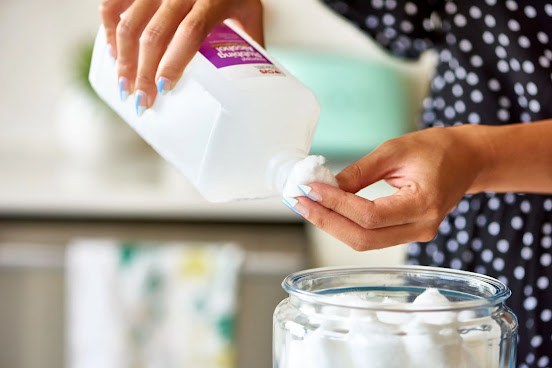Less is more! Save your dollar bills! Water does the same trick as niacinamide serum from Glow Recipe!
(Sim, 2022) Aren’t you tired of watching Mikayla Nogueira tiktoks about glass skin and the tricks of niacinamide serum from glow recipe? So is it worth spending $47 on a 40ml bottle full of chemicals that believes to fix all the existing skin problems? We all want glass skin with no pores, blinding others eyes when light reflects but what is it in the glow recipe serums that causes this effect? It is the key ingredient called niacinamide and it’s job is to provide a form of vitamin B3, which is pretty cool! It can do some neat stuff for your skin, like helping to keep it moisturized and reducing redness or irritation (Smith, 2020). It's kind of like a superhero for your skin! Some people use niacinamide to help with things like acne or hyperpigmentation, but remember, everyone's skin is different. So, while niacinamide can be helpful for some folks, it's not a magic cure-all. But here is a fun fact, our body naturally produces niacinamide on its own, so you're ...






